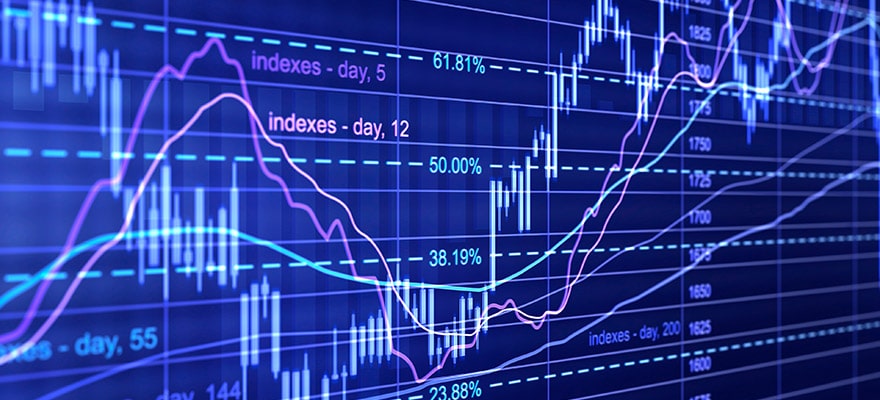A 'gap' in the market happens when the opening price is higher than the last session's high price, known as gapping up, or lower than the last session's low price, called gapping down.
These gaps can be essential in trading as there are traders believing that gaps are typically filled quite fast.
And this provides a chance for forex traders to make a possible profit because the possible short-term direction of the price can be successfully predicted.
The gap serves as the one being filled when the current market price returns to enter the previous session's price range.
For instance, on Monday, if stock A trades between a low of $10 and a high of $11, it would open on Tuesday at $12; the gap will be filled when the prices hit $11 again.
It is not hard to determine a price gap visually from a price chart in the Trading Platform .
In the Forex Market
The forex market is open from Monday morning to Friday night. And the only exception for this is some major public holidays. Thus, opportunities for gaps happen during the weekends.
But for stock markets that close overnight, a price gap can occur on any day. Several traders seek gaps in forex markets daily by deeming trading only open in business hours of the countries linked to the currency.
Above all, remember that in forex, price gaps will build up when the market opens in Asia on Monday or after very major holidays when forex brokers stop their price feeds - like Christmas Day and New Year's Day.
How Often Gap Happens
After establishing that price gaps only occur in forex after a weekend, those reading this are probably wondering how often they happen.
To explain it, let's look at the historical price data of the two major forex currency pairs - EUR/USD and USD/JPY -, which together account for over half of the total forex trading by volume. Also, they are the cheapest currency pairs to trade.
Within January 2001 to May 2020, the EUR/USD currency pair made 204 price gaps, while the USD/JPY currency pair made 215.
As nearly all forex price gaps happen during weekends, and as there were 1,008 weeks covered by the time period mention, the price gap formed after the weekend, about 20% of the time in forex.
With that, it indicates that traders will likely see a price gap in a currency pair on average of about once every five weeks.
After knowing that, it is worth seeing how gaps are before building a gap trading system that can show how to trade a price gap.
The distance in pips from this week's starting price to the high of the last week's range, in case of a gap up, or from the low of the last week's range to this week's opening price, in case of a gap down, measures the size of a forex weekend price gap.
Trading the Gap
Determining weekend price gaps in forex currency pairs and entering trades that aim for the gap to be filled before Tuesday's closing has been a very simple and profitable trading strategy. The said strategy could trade with only using the weekly timeframe.
Typically, price gaps in the EUR/USD and USD/CHF currency pairs are filled fast. Then, price gaps in other currency pairs become filled quickly if the gap is under 75 pips in size.
The possibility of a weekend price gap filling quickly is stronger when the predicted fill is in the direction of the long-term trend.
If traders entered a trade as soon as the new week opens with the formation of a gap, they could exploit the chances of weekend price gaps to fill in forex.
Traders need to set the take profit for the previous week's range, while the stop loss must never be larger compared to the amount of pips aimed by the take profit level.
Another method to use within a forex gap trading strategy is to observe the price action on shorter time frames.
After that, enter a trade in the direction of the fill through a tighter stop loss when the price action signals a move is likely underway.











